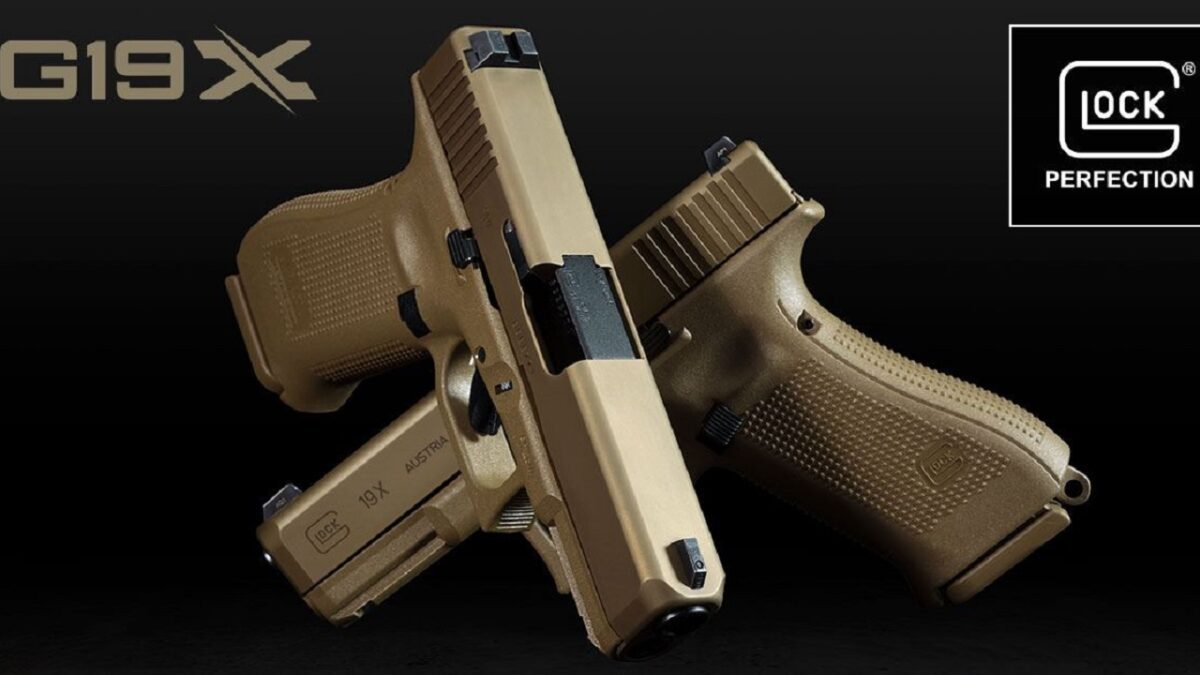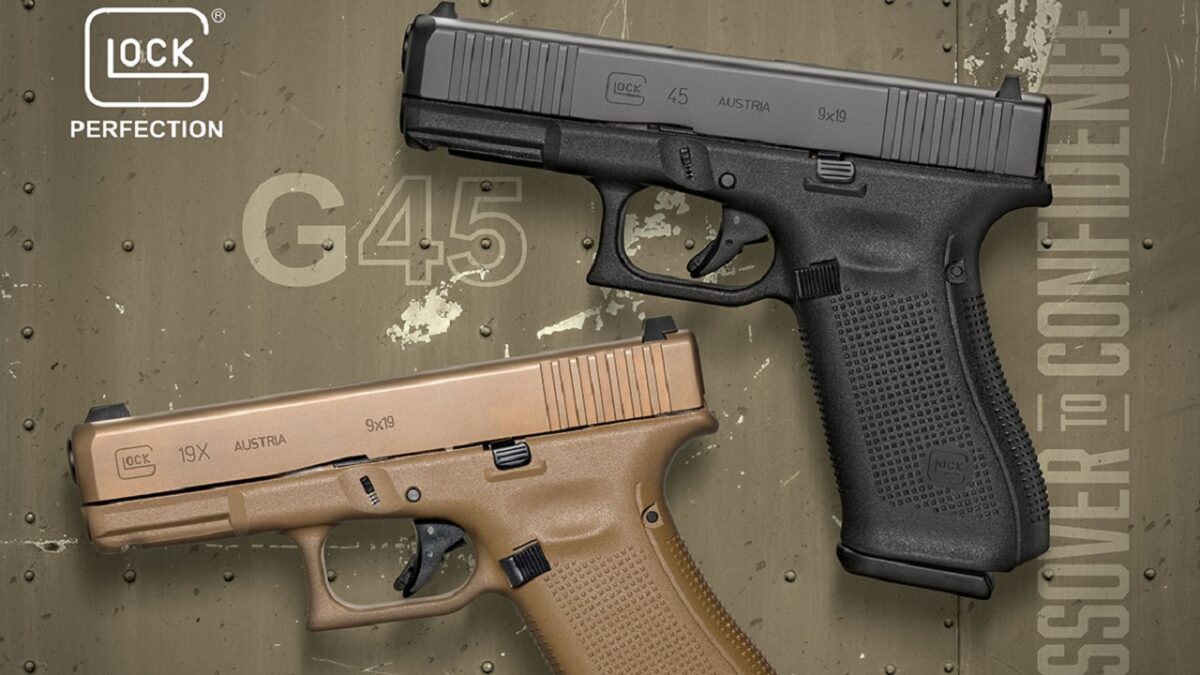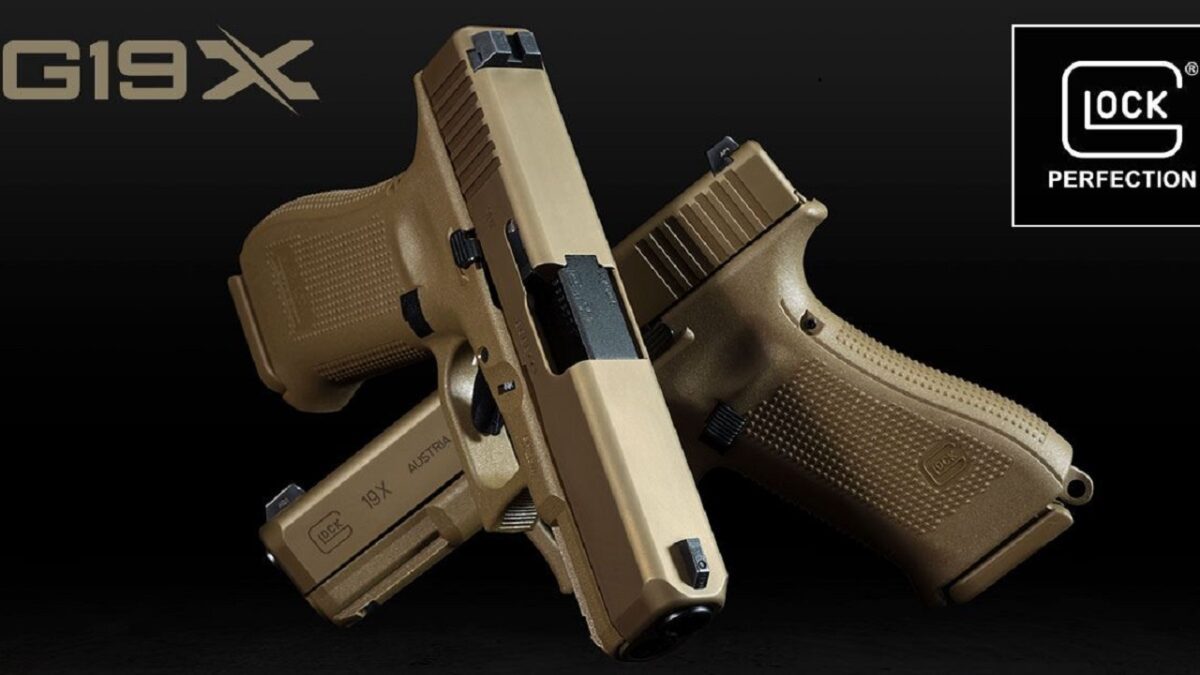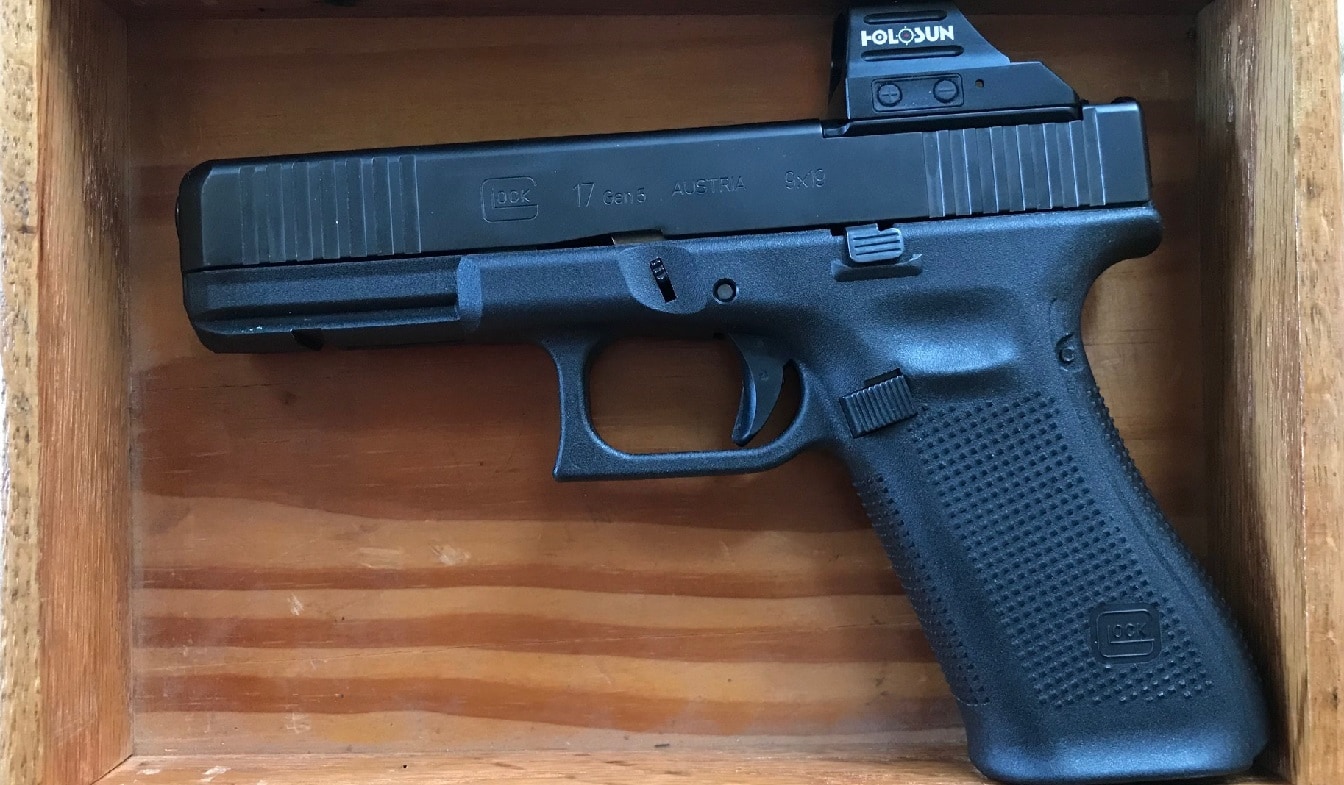This expert with over 30 years of firearms experience gave us his thoughts after years of use on the Glock 17: The Glock 17 9mm semiautomatic pistol is a firearm that needs no introduction for gun enthusiasts around the world, although perhaps a reintroduction is necessary to drum a few facts into the heads of politicians who’ve been spreading misconceptions about the G17 ever since the controversial gun hit the U.S. handgun market.
(Subscribe to Our YouTube Channel Here. Check out More 19FortyFive Videos Here)
Origins of “The Plastic Pistol”
This iconic pistol was invented in 1982 by Austrian engineer and company founder Gaston Glock, who was renowned for his work with Polymer 2-type plastics. He decided to apply his Polymer 2 genius to firearms; hence his plastic-framed Glock 17 pistol was born. Though it was his first firearm invention, the G17 was Herr Glock’s 17th overall patent, hence the alphanumeric designation, i.e. the 17-round standard magazine capacity of the pistol is a coincidence.
Shortly after the pistol went into production, the Austrian Army subjected the Glock 17 to a series of brutal torture tests, which included freezing the gun in a solid block of ice as well as the opposite extreme; subjecting the gat to temperatures over 212 degrees Fahrenheit (100 degree Celsius). The hardy handgun passed all of these tests with flying colors, and the Austrian Army quickly adopted the G17 as its standard-issue sidearm.
But as already indicated, it was when the Glock pistol came to America that the gun generated a firestorm of controversy among politicos. Then-Congressman (now Senator) Chuck Schumer falsely proclaimed that the weapon was “a plastic pistol that can’t be detected in airport metal detectors.” In turn, in the 1990 movie Die Hard 2, Bruce Willis’ John McClane character uttered the lines “That punk pulled a Glock 7 [sic] on me. You know what that is? It’s a porcelain gun made in Germany. Doesn’t show up on your airport X-ray machines, here, and it costs more than you make in a month.” (Ironically, in real life, Bruce Willis is a firm supporter of the 2nd Amendment.)
The truth is, whilst the Polymer 2 frame enables a fully loaded Glock 17 to weigh less (32.28 ounces/ 915 grams) than traditional all-steel and steel and alloy combo pistols when empty, the gun is still 80 percent steel by weight, as noted by respected firearms guru and law enforcement veteran Massad F. Ayoob. As Massad also points out, even within that infamous plastic frame, there is an element called barium that still shows up on airport X-ray machines just fine; thank you very much.
The pistol’s reputation was also rehabilitated somewhat in the eyes of the American public after it gained popularity as a police sidearm. The first major domestic law enforcement agency to adopt the Glock 17 was Miami PD; the G17 won the Miami PD contract after it survived additional torture tests by Department armorer Paul Palank (R.I.P.), which included dropping the pistol from a helicopter at an altitude of 400 feet.
My Own Glock 17 Personal Shooting Impressions
As for the high costs of the so-called “Glock 7” that John McClane alleged, I can vouch that it’s actually quite affordable, thank you very much. Back in 2003, I purchased a police surplus Generation 2 (“Gen2”) G17 for $400.00 from Bellville Shooting Range (nowadays known as Metro Shooting Supplies) in Belleville, Illinois. Nineteen years and some 20,000 rounds later, that sweet-shooting, wonderfully reliable pistol has continued to serve me faithfully.
I’ve used it for CCW (since it’s fairly slim for a full-sized pistol, it’s a pleasant surprise to see how discreetly and comfortably it can be carried under plainclothes) and competitive shooting alike, particularly in Glock Sporting Shooting Foundation and Nevada Police & Fire Games matches; at the latter venue, the G17 enabled me to win multiple gold and silver medals in the Semiauto Pistol matches held at the Las Vegas Metro PD (LVMPD) range.
For competition purposes, I replaced the factory standard 5-lb trigger with the aftermarket 3.5-lb trigger connector.
Pros of the Glock 17:
The reliability and durability of the Glock 17 are the stuff of legend. Besides the aforementioned tortures inflicted by the Austrian Army and Miami Police Department, there was the well-documented abuse inflicted by the late gun writer and U.S. Army Special Forces Vietnam veteran Chuck Taylor, a hardcore old-school M1911 .45 guy cut from the same cloth as Lt. Col. Jeff Cooper.
In his own words written back in 1990, Chuck “tried with all my heart to hate Glock pistols,” but, putting his personal feelings about the plastic pistols and the 9mm cartridge aside, objectively conceded, “They work.” He proceeded to put 10,000 rounds through the gun without cleaning it, yet the gun jammed nary a single time. Fast-forward to 2018, and by this time Mr. Taylor had put 250,000 rounds through it, yet not only was it still functional, but it was also still accurate too: “Produced Ransom Rest 3-shot groups of just more than an inch at 25 meters with most factory ammo or handloads, including a wide variety of JHP and JSP bullet types.”
The pistol is delightfully easy to field-strip and disassemble, with no small parts to contend with. The light weight of the polymer frame is a huge plus for folks with lower back issues like Yours Truly. As an additional maintenance-friendly feature, the steel portion of the Glock has a Tennfer finish, which is even more rust-resistant and corrosion-resistant than stainless steel.
Glock 17 Cons:
Disadvantages? For all of its virtues, the Glock 17 is not without its drawbacks.
For one thing, though the G17 is one of the more slim-framed “Wondernines” (slang term for high-capacity 9mm pistols that was voguish in the 1980s and 90s), the double-stack magazine can still be a bit of a handful for shooters with smaller hands; for these folks, the subcompact “baby” Glock 26 would probably be a better choice.
Also, having that safety on the trigger can make for a bit of a spongy feel, and even with the 3.5-lb connector, it’s not as crisp or smooth as a well-tuned single-action trigger M1911 pistol or any other reputable make and model of traditional hammer-fired pistol.
The lack of a manual safety can be a curse as well as a blessing; for several decades, Massad F. Ayoob has documented how on-safe carry has been a proven lifesaver for good guys — most uniformed cops but some private citizens as well — when they had their guns snatched by the bad guys.
Also, given the cardinal safety rules of “Keep Your Finger Off the Trigger until You are Ready to Shoot” and “Treat All Guns as Though They are Loaded,” the fact that you have to pull the trigger as part of the Glock’s field-strip procedure can seem a bit counterintuitive. This, of course, adds an extra sense of urgency to those additional cardinal safety rules of “Always Keep Firearm Pointed in a Safe Direction and “Always Be Sure of Your Target and What’s Beyond It.”
Those aside, the Glock 17 9mm is a pistol I can recommend without hesitation, for home defense, concealed carry, and hobby shooting alike.
Bonus Photo Essay: Meet the Glock 19X

Glock 19X. Image Credit: Creative Commons.

Glock 19X. Image Credit: Glock.

Glock 19X and Glock 45. Image Credit- Glock.

Glock 19X. Image Credit – Glock.
Christian D. Orr has 33 years of shooting experience, starting at the tender age of 14. His marksmanship accomplishments include: the Air Force Small Arms Ribbon w/one device (for M16A2 rifle and M9 pistol); Pistol Expert Ratings from U.S. Customs & Border Protection (CBP), Immigration & Customs Enforcement (ICE), and the Federal Law Enforcement Training Center (FLETC) Criminal Investigator Training Program (CITP); multiple medals and trophies via the Glock Sport Shooting Foundation (GSSF) and the Nevada Police & Fires Games (NPAF). Chris has been an NRA Certified Basic Pistol Instructor since 2011.

